
If the conversion rate of your e-commerce site is poor, then it is high time that you stop and assess why this is happening. A good e-commerce site should not just attract visitors; it must convert them into customers who will purchase your products. While there are several techniques including ones that have been scientifically proven, a fulfilling shopping experience is what will ultimately lead to better conversions. This essentially translates to designing your e-commerce website from the perspective of your target customers. You need to provide them what they require – an intuitive interface that will allow them to locate the product they need and purchase it with ease. This is the logic that will get your conversion mechanism going and enhance your profitability.
In this article I will look at some conversion rate optimization guidelines that will help you create an e-commerce site that is conversion-friendly.
1. Know Who Your Target Audience Is
Firstly you must know exactly who your targeted audience is. Who are the ones who will ultimately purchase your services or products from your site? Since purchasing is an emotional choice, you have to know just what those emotions are that will induce a decision to buy. You must also know behavioural patterns in shopping, besides the many qualities that visitors are looking for in an e-commerce website. Understanding your audience is critical for success in your online business. The customers are the ones who will purchase your products, and their decision whether to buy or not will be based on the images and information about the product on offer. Give them what they need and you won’t be disappointed.
2. Make Navigation Simple
All shoppers will expect simple and easily understandable e-commerce navigation in order to reach their objective fast and without a fuss. They should be allowed to move smoothly on your site. Good navigation will help them to browse your services and products fast and conveniently.
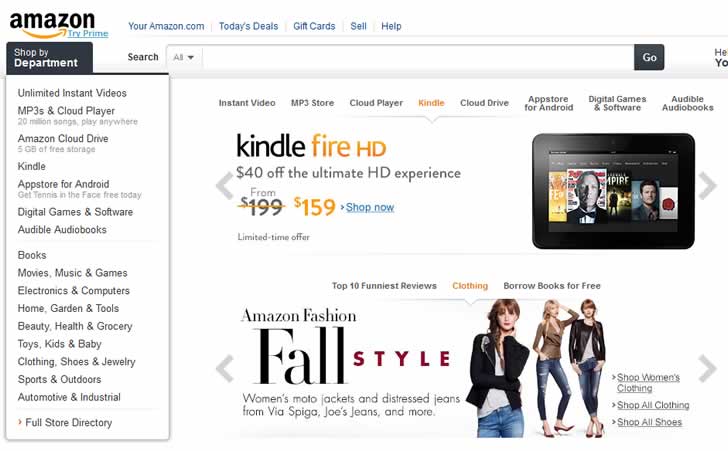
3. Place Images of High Resolution
Images of your product are the most critical visual element of your website. You must have images that are high resolution ones which can showcase your products in the best possible manner. Use zoom lens and click from varied angles to achieve better image displays of your product. It will go a long way in converting your visitors.
4. Provide Engaging and Detailed Product Info
Provide much more information about your product than that in a newspaper advertisement. This is another great conversion-trigger. Your product copy should be interesting, complete and engaging.
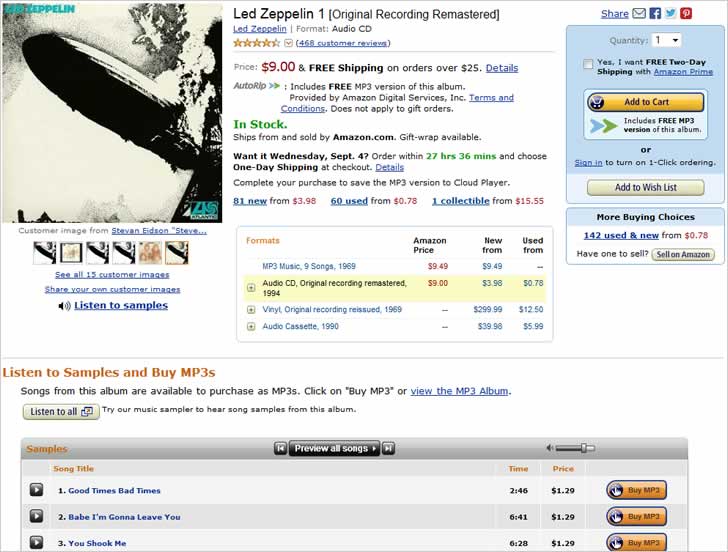
5. Call to Action Images
Perish all thoughts about call-to-action buttons; what you require are impressive call to action visuals. These visuals are an image that possess one significant feature and that is persuasion. These images must persuade visitors to purchase your products.
6. Offer Product Videos
Videos are akin to touching a product. Besides, you can explain the benefits of your products to visitors in a direct and simple way. Videos of products are a great marketing technique that helps to improve conversions.
7. Make Your Shopping Cart Visible All the Time
Make sure your customers get nonstop access to their shopping carts. Place the shopping cart at the right hand top corner of their screen. Out of habit, shoppers check the items which they have decided to purchase and so you have to provide them access to carts all the time.
8. Give Them Free Shipping
Statistics have shown that shipping charges kill conversions! In another study, it was calculated that 55% of shoppers abandon shopping carts because of shipping costs.
Talking about unexpected surprises, nobody wants to be cheated by prices of products and/or shipping costs. You must be absolutely clear about your pricing.
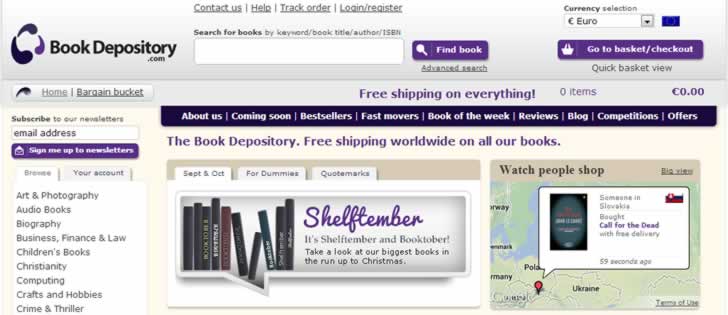
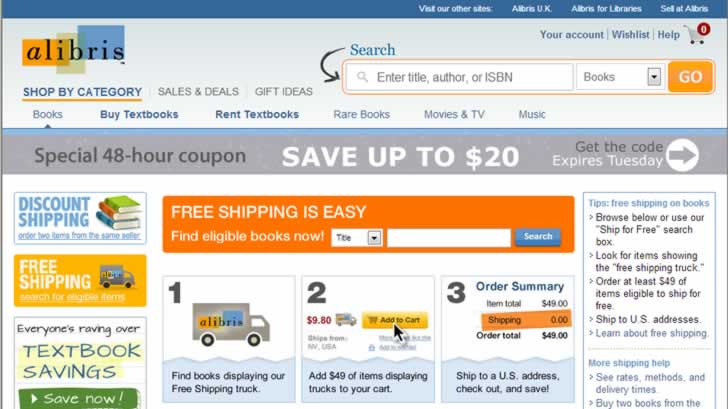
9. Don’t Distract Shoppers
In the checkout process in your site, only provide info – and nothing more. Many e-commerce sites place ads of their product on the checkout page or give links to the firm’s blog or something more. Shoppers will not like it if they are distracted in this way. They may even leave the cart if they find that some elements are impeding their buying experience.
10. On Landing Page, Place Some Part of Featured Products
Precise, featured products/services must be displayed on the landing page. This will make things clear to visitors to your site; it will enable them to focus on what they would prefer to purchase. This will be a great boost to conversion rates.
11. Show Discounts and Specials Clearly
Information about these offerings must be clearly seen on your website. The best place for it is your home page. As your discounts and special offerings will enhance your conversion rates, make sure that they catch the attention of your customers immediately.
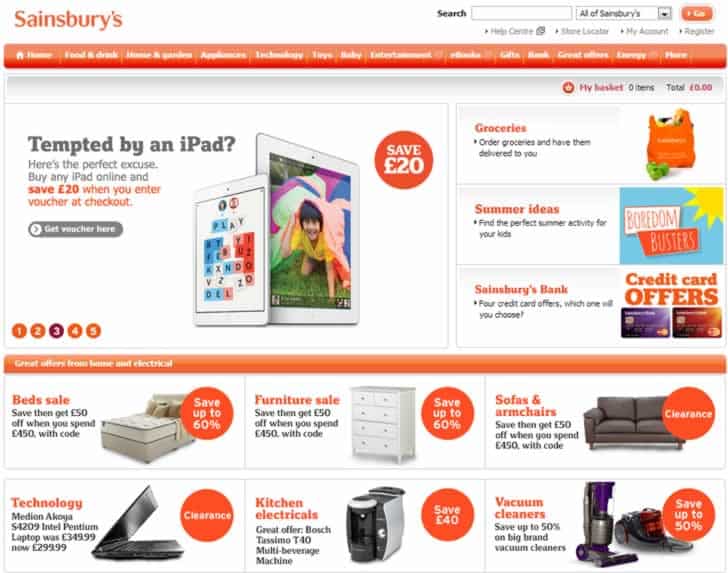
Where discounts and incentives are in relation to a specific product, it is also advisable to place them on that product’s page. This is especially effective for incentivising your client into purchasing a non-standard version of that product or in purchasing additional products along with that product (for example a smartphone cover when purchasing a smartphone).
12. Show Contact Information
You can make your website conversion-friendly by including simple things like contact information on it. Since trust is an integral part of online shopping, this info is vital. Customers who trust your website will purchase from it and you’ll get trust by providing all your contact info.
13. Many Payment Options
Some shoppers may not like to share details of their credit cards on your website. This means they will leave it before purchasing anything. So offer them many payment options.

14. Provide Advanced Search
An advanced search service will help customers to easily find the products they are looking for. The search bar plays a key role in website navigation. This is especially true of large online business websites. The thumb rule to improve rates of conversion is to make a simple shopping experience and one of the ways to do this is Search.
15. Make Your Website Mobile-Friendly
With the huge rise in mobile usage, it’s imperative that your website be mobile-friendly. Indeed, it’s not an option any more. It’s a must to get success in e-commerce. But there’s another side to this: you need to drastically reduce the number of pages on your site and this results in poor user experience and consequently lower rates of conversion from mobile gadgets.
16. Upsell … and upsell
A terrific feature of the e-commerce business stores is the capability to upsell goods in a relatively easy way. You have to upsell those products that have a relation to the product the client is buying. For example, leather cover for a mobile device or a tie for a shirt. Based on the 60 x 60 rule, 60% of your customers will buy an upsell that is 60% of the price of the product they have just bought.
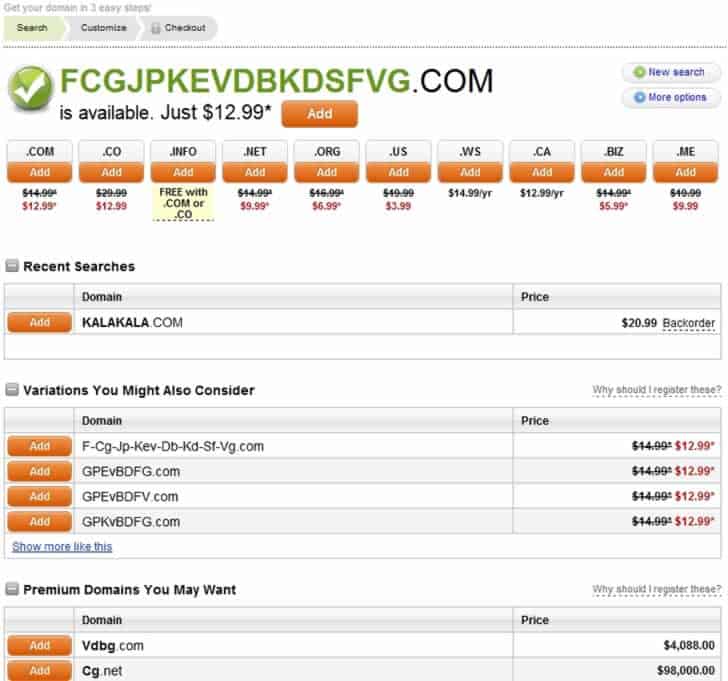
17. Get Validated
Get validated by official groups which represent security as well as good business habits like TRUSTe, VeriSign and Better Business Bureau. Have their logos prominently displayed in the footer or header of your site. Also, place logos of most important credit cards and other modes of payment that you will accept – and logos of your major brands.
18. Use Testimonials and Reviews
Customer testimonials and reviews are seen as an important buying factor by the customers themselves. But use these on your homepage as well as your product pages. However having testimonials randomly scattered in the website or on a “testimonials” page is not sufficient. For testimonials to be effective, they need to be specific about the product being viewed, easy to understand and ideally coming from a reputable source.
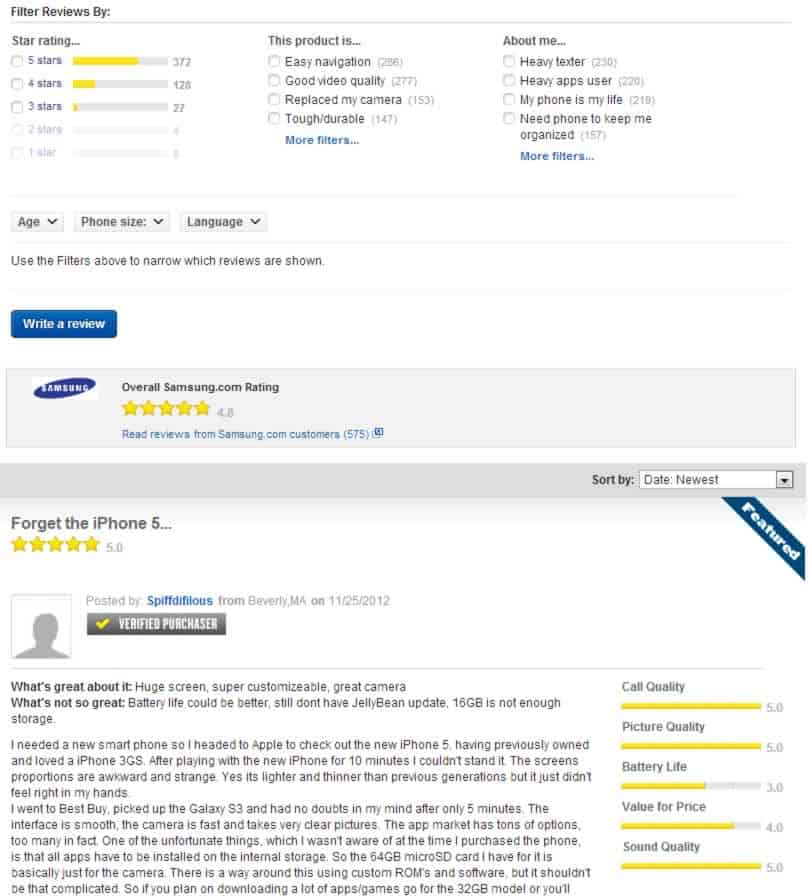
19. Tell Your Story
If you tell the story of your business, it will help you stand apart from the rest of the field. Make your story unique as well as humorous and endearing. For this, you can use your About Us page to link to in your website navigation.
20. Use Promotional Graphics
A promo strip is another kind of promotional graphic that’s getting very popular. The good thing about this alternative is that it is placed exactly under your principal navigation bar. This means it’s seen on all your site’s pages.
Conclusion
These are, of course what I personally consider as being the essential elements that will get your e-commerce site to start converting. As with any online technique is to test, measure, interpret and tweak accordingly before moving on to the next guideline. Testing needs to be done using real users – first with a focus group and then in the live environment. A/B testing can come in very handy here. I am sure that you have your own tips, so please feel free to share them in the comments below!
Want to learn more?
Are you interested in the managerial and strategic aspects of UX? The online course on UX Management and Strategy can teach you the necessary skills on the subject and earn you an industry-recognized course certificate to advance your career. If, on the other hand, you want to brush up on the basics of UX and Usability, the online course on User Experience might be a better fit for you (or another design topic). Good luck on your learning journey!
(Lead image: Depositphotos)
